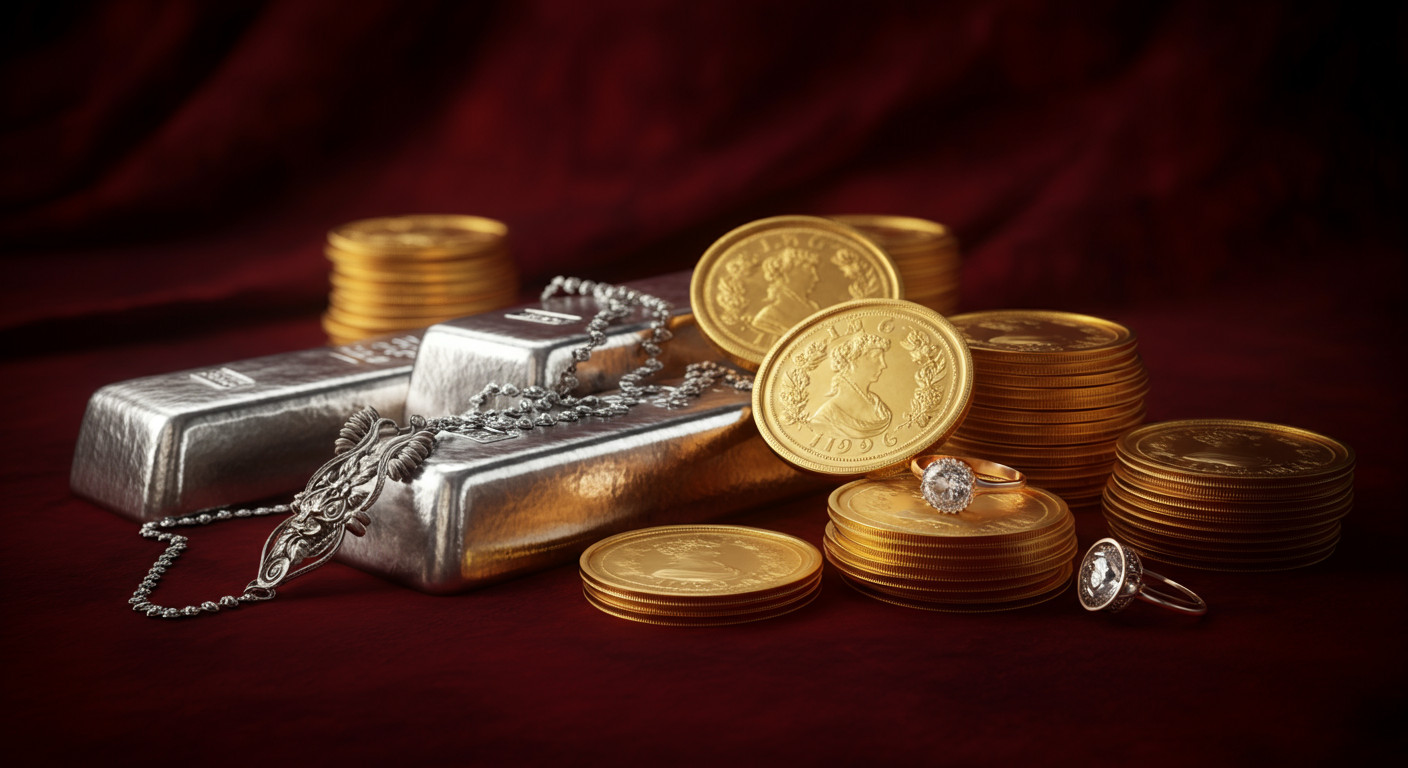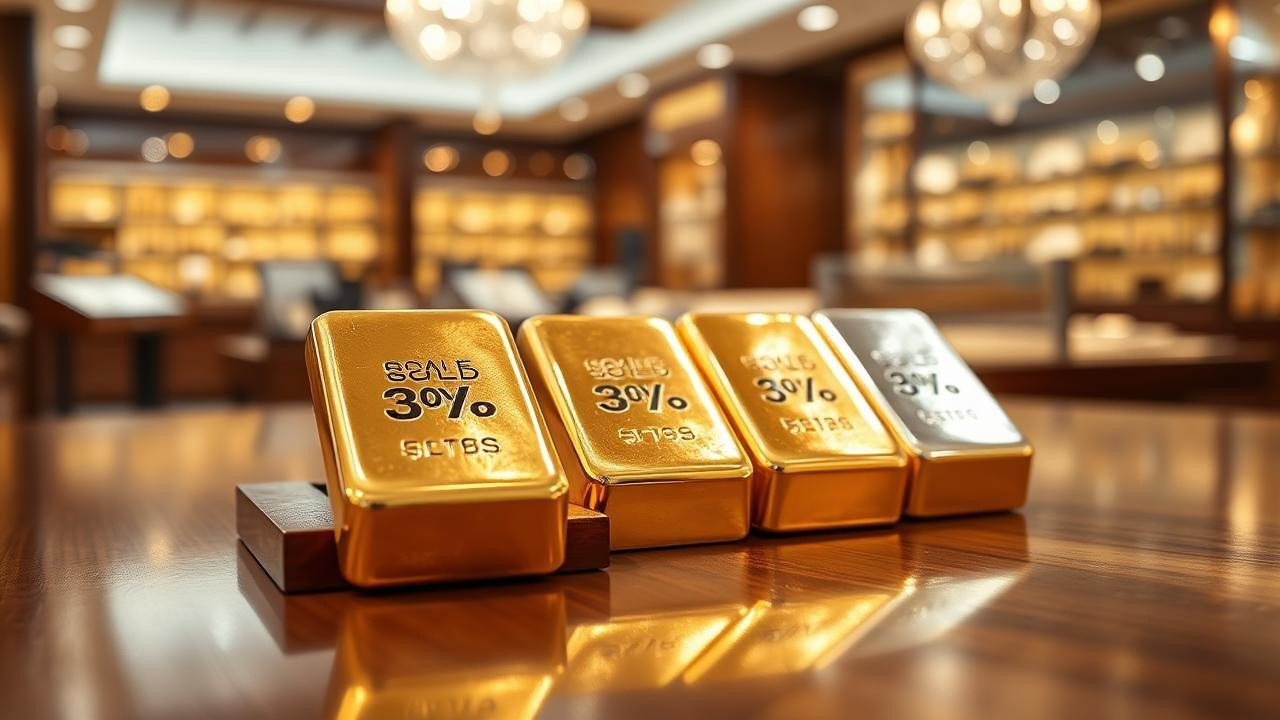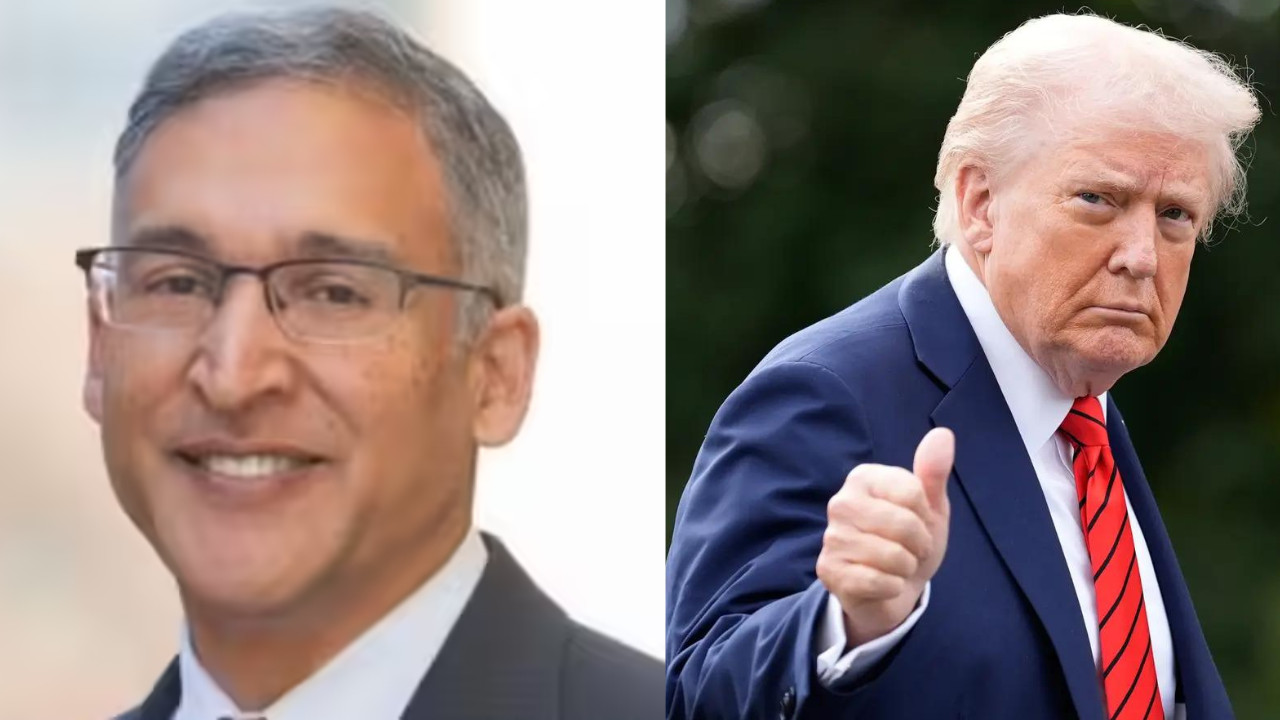Gold and silver prices are experiencing a temporary correction after a significant rally, with experts predicting a strong long-term outlook. Despite recent dips, global demand, central bank buying, and geopolitical factors are expected to support further price increases for gold. Silver also saw a substantial rise and may consolidate before resuming an upward trend.
Decoding the Gold and Silver Maze: Where Are Precious Metals Headed Now?
Diwali’s sparkle has faded, the festive cheer has subsided, and the burning question on many minds, especially those with a penchant for precious metals, is: what’s next for gold and silver? The post-Diwali rally seems to have lost its steam, leaving investors wondering if their golden chariot will continue its upward journey or if a bumpy ride lies ahead. Navigating the complexities of the gold and silver market requires more than just a lucky rabbit’s foot; it demands a keen understanding of the factors at play.
The Curious Case of Gold’s Recent Performance
Gold, often seen as a safe haven in times of economic uncertainty, has had a somewhat turbulent ride lately. While it enjoyed a surge around Diwali, buoyed by traditional buying and a weakening dollar, that momentum appears to be flagging. Several forces are tugging at gold’s value, creating a push-and-pull dynamic that’s leaving many investors scratching their heads. What can we expect from future gold price trends?
One significant factor is the movement of the US dollar. A stronger dollar typically puts downward pressure on gold prices, as it makes the precious metal more expensive for buyers holding other currencies. Conversely, a weaker dollar can provide a boost to gold. Inflation rates also play a crucial role. Gold is often used as a hedge against inflation, so rising inflation can increase demand and drive prices higher. However, if central banks take aggressive action to combat inflation, such as raising interest rates, it can dampen gold’s appeal.
Interest rate hikes, in particular, present a challenge for gold. As interest rates rise, bonds and other fixed-income investments become more attractive, potentially diverting funds away from non-yielding assets like gold. The overall global economic outlook also influences gold’s trajectory. During periods of economic expansion, investors may be more inclined to take risks and invest in assets with higher growth potential. But during times of economic slowdown or recession, the allure of gold as a safe store of value tends to increase.
Silver’s Slippery Slope: More Than Just a Pretty Metal
Silver, often referred to as “gold’s little brother,” faces its own set of unique challenges and opportunities. While it shares some characteristics with gold as a precious metal, silver also has significant industrial applications. This dual nature means that silver’s price is influenced by both investor sentiment and industrial demand.
Currently, a slowdown in global manufacturing activity could weigh on silver prices. Reduced demand from industries that use silver in their products, such as electronics and solar panels, could lead to a decrease in its value. However, the growing adoption of green technologies, like solar energy, could also provide long-term support for silver prices. The increasing use of silver in solar panels and other renewable energy applications could create new sources of demand, potentially offsetting the impact of a broader economic slowdown.

Unlike gold, which is primarily seen as a store of value, silver’s industrial applications make it more sensitive to economic cycles. This added layer of complexity means that predicting silver’s future performance requires careful consideration of both economic indicators and technological trends.
Key Factors to Watch: Navigating the Uncertainties
So, what should investors be paying attention to in the coming weeks and months? Several key factors will likely shape the direction of gold and silver prices. The Federal Reserve’s monetary policy decisions will undoubtedly play a significant role. Any signals about future interest rate hikes or adjustments to the Fed’s balance sheet could trigger significant movements in the precious metals market.
Geopolitical events, such as political instability, trade tensions, and military conflicts, can also influence gold and silver prices. Uncertainty and risk aversion tend to drive investors towards safe-haven assets like gold. Monitoring global economic data, including inflation figures, GDP growth rates, and unemployment numbers, is crucial for understanding the broader economic context that will impact precious metals.
Don’t forget seasonal trends. Although the Diwali boost has passed, keep an eye out for other times where consumer demand might increase. For example, wedding seasons can drive demand, as can Chinese New Year.
Finally, keeping an eye on central bank buying and selling activity is essential. Central banks hold significant reserves of gold, and their actions can have a substantial impact on the market.
Is Now the Time to Buy, Sell, or Hold?
Ultimately, the decision of whether to buy, sell, or hold gold and silver depends on individual investment goals, risk tolerance, and time horizon. There isn’t a one-size-fits-all answer. Consider your personal financial situation and consult with a qualified financial advisor before making any investment decisions.
The precious metals market is complex, and navigating it successfully requires a balanced approach. By staying informed about the key factors that influence gold and silver prices, investors can make more informed decisions and potentially benefit from the opportunities that arise. Check out other investment insights to further your knowledge.
Conclusion:
The post-Diwali outlook for gold and silver presents a mixed bag of challenges and opportunities. While short-term headwinds exist, stemming from a strong dollar and potential interest rate hikes, long-term factors such as inflation concerns and growing industrial demand for silver could provide support. Successfully navigating this complex landscape requires a keen understanding of global economic trends, geopolitical events, and central bank policies. Staying informed and adaptable will be key for investors looking to make the most of the ever-evolving precious metals market.







